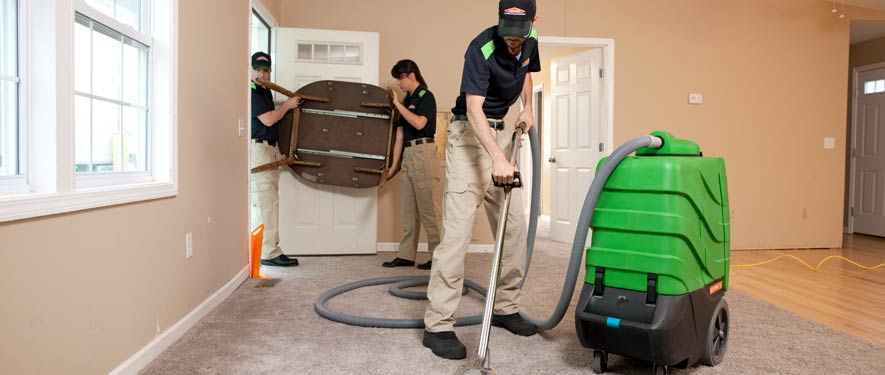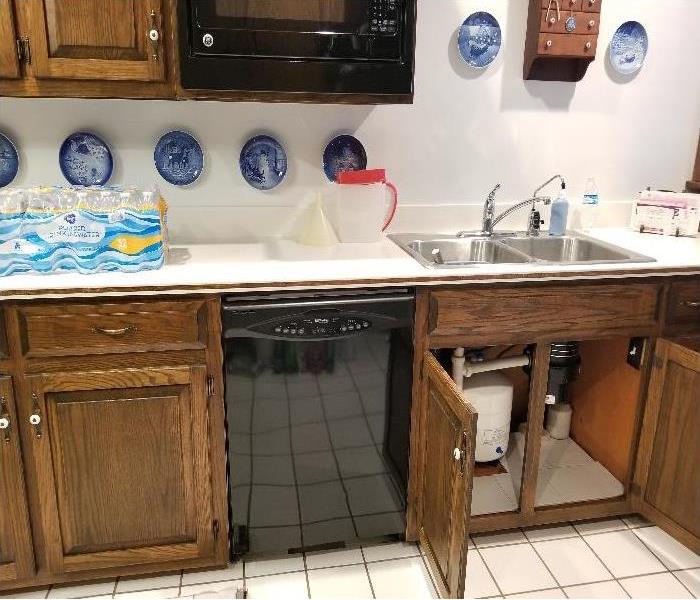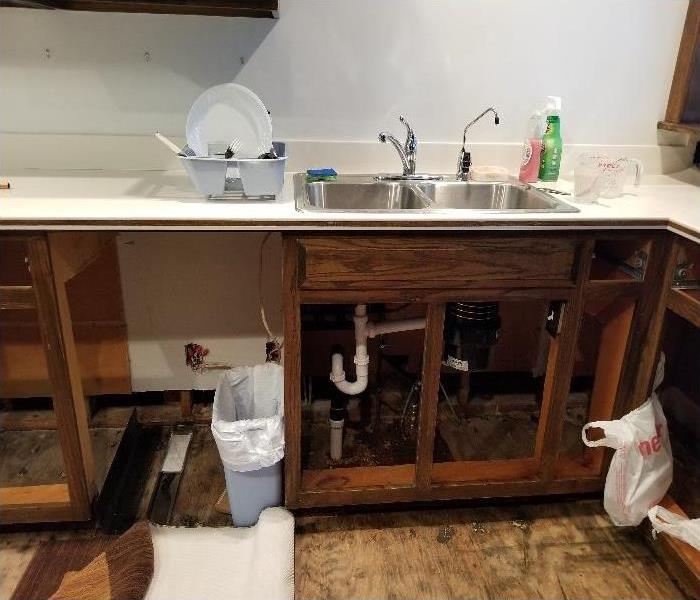
Step 3: Water Removal / Water Extraction
So what happens after the inspection? Well, after the inspection and damage assessment step, the water extraction process begins. This step removes the majority of the water. We use powerful pumps and truck-mounted vacuum units to quickly remove hundreds or thousands of gallons of water from your home or commercial property. SERVPRO® of Hancock County prides themselves on being the leader in our industry. Our staff are trained to work quickly and efficiently for our clients. Whether the damage is small or large, they'll work diligently to extract the water. We're here 24/7 to assist you with your water damages, don't hesitate to call us at 419-299-3774 to get our crews onsite.
Move-Out / Pack-Out
If your home requires extensive restoration or cleaning, SERVPRO of Hancock County can conduct an organized, efficient move-out to protect your belongings from further damage.
- Move-Out Service
Emergency Water Removal
Our highly trained technicians will begin the water removal process almost immediately. Depending on the amount of water, we may use powerful submersible pumps in addition to industrial strength, wet/dry vacuums. Removing most of the water helps reduce drying time and helps prevent secondary water damage and mold and bacterial growth.
- Remove Excess Water
- Use Submersible Pumps and Industrial Wet/Dry Vacuums
Inspect the Carpet Pad and Carpet
We inspect the carpet and pad and determine if they should be removed to protect the subfloor.
- Inspect Carpet Pad and Remove If Needed
- Inspect Carpet and Remove If Needed
Water Removal Equipment
- Moisture detectors, hygrometers, and other meters measure the extent of moisture saturation.
- Infrared cameras may be used to find “hidden” water behind walls and ceilings.
- Submersible and gas-powered pumps are used for continuous pumping of high-level water.
- Truck-mounted and portable extraction units perform efficient water removal.






 24/7 Emergency Service
24/7 Emergency Service




